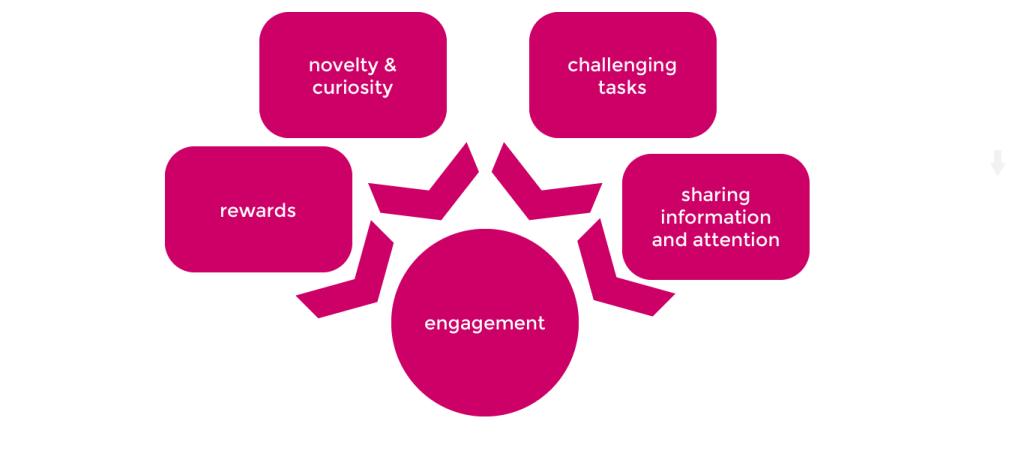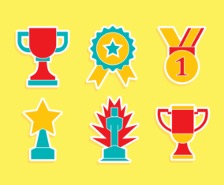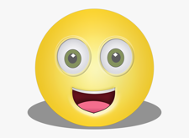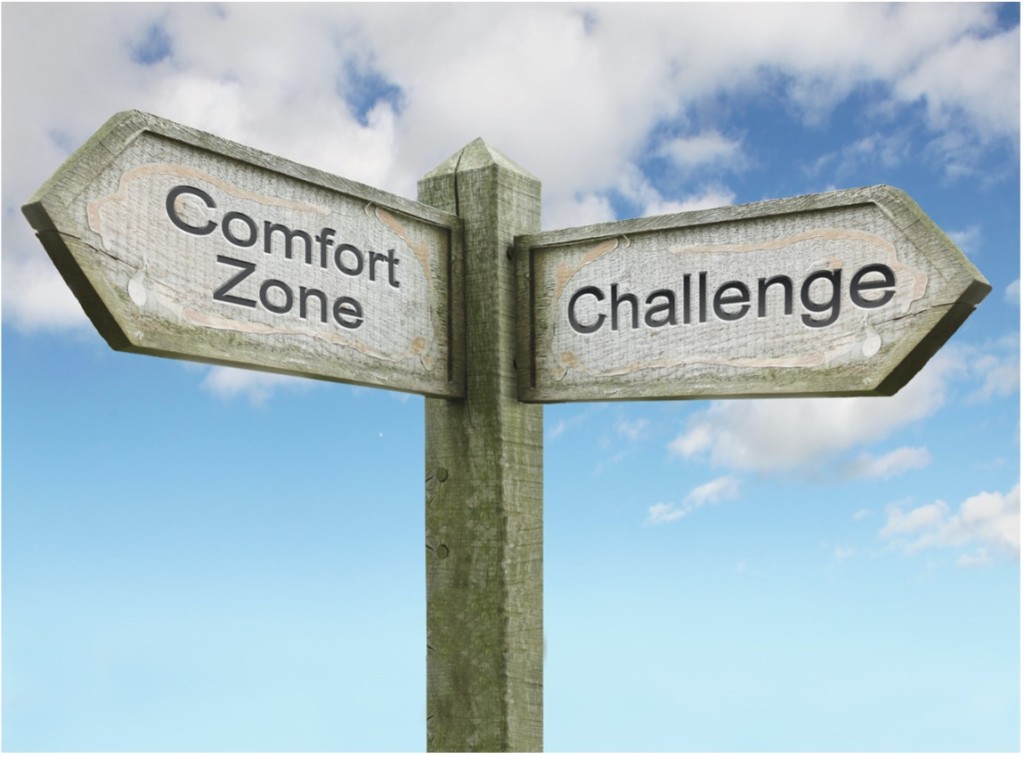In education, rewards such as points, praise, badges, smileys, etc., are commonly used as positive reinforcement strategies to promote learning (Dufrene, Lestremau & Zoder-Martell 2014; Wehby & Copeland 2000). However, the effects and benefits of these social rewards on learning have been called into question by several educational researchers (Deci, Koestner & Ryan 1999). More recently, neuroscience studies (Farooqi et al. 2007; Izuma, Saito & Sadato 2008; Howard-Jones, Jay, Mason & Jones 2016; Schultz 2016) have shown that social rewards have a similar effect on the brain as material rewards such as receiving money or eating your favourite food. Both types of rewards – and even the expectation of the reward – influence the release of the neurotransmitter dopamine
Strategies that trigger the reward system and engagement
There is a large range of strategies used routinely by teachers to engage their students in this sense (Guilloteaux & Duornyei, 2008). Very few of these strategies have themselves been the subject of focused scientific investigation in terms of their underlying neurocognitive processes.
– Howard-Jones et al. (2020:450)
This section discusses four research-based strategies that can influence the brain’s reward system and engage students in learning (Howard-Jones et al., 2020:449-452). These four strategies are:
Please remember that different students will react differently to these strategies. Therefore, it is important to experiment and determine which techniques might produce an approach response in your students.
Rewards
The neurons responsible for the release of dopamine are located in Ventral Tegmental Area, a region in the brainstem, and project their axons to a wide range of brain structures, such as the nucleus accumbens, the prefrontal cortex and the hippocampus. The release of dopamine enhances the learning experience in three ways:
- Dopamine activates the reward system via the mesolimbic pathway, making us more eager to engage in the learning opportunity and motivating us to work hard to obtain the reward.
- Dopamine boosts the neural activity in the prefrontal cortex via the mesocortical pathway. Rewarding stimuli draw and focus the attention of individuals.
- Dopamine also seems to play an essential role in the hippocampus for successfully encoding and storing information (Lisman, Grace & Duzel 2011).
DA [=dopamine] release from the midbrain is thought to play an important role in learning to associate rewards and actions in reinforcement learning and reward learning, and such release can also enhance declarative memory formation.
– Howard-Jones & Jay (2016:70)
Using rewards thus engages and encourages to learn, raises attention, and facilitates the formation of new memories, thereby increasing the chance that a learning experience will be remembered better (Howard-Jones & Demetriou, 2009; Puig, Antzoulatos & Miller, 2014).
Reward uncertainty
Research has shown that adding an element of reward uncertainty may increase the release of dopamine (Fiorillo et al., 2003). As Howard-Jones & Jay, (2016:68) explain: current understanding suggests that, when there is uncertainty about an upcoming reward, there is a slow and sustained ramping of dopamine (DA) neuron activity between the cue predicting that a reward may (or may not) arrive and the revealing of outcome. (…) Ramping of DA neuron activity in response to uncertain reward during responding (which may be ‘scaffolded’ by the teacher or by access to learning resources) should support learning.
In case of reward uncertainty, a correct answer or a successfully completed task does not automatically lead to the promised reward. A chance factor (dices, coin tossing, wheel of fortune) determines whether a student ‘wins’ the reward or not or how much the actual reward is. Chance-meditated rewards increase students’ engagement because it motivates them to seek opportunities to have a shot at winning a reward. Ozcelik et al. (2013) have shown that reward uncertainty positively impacts meaningful learning and motivation. Finally, reward uncertainty has also the benefit that the received rewards do not reflect how much a student actually knows, only how lucky he or she was in the learning game. In this way, it might also contribute to a positive learning climate in your classes.
Findings suggest a games-based approach to learning that increases the emotional and/or motivational response by disrupting the learning-reward relationship with chance, in order to encourage greater reward activity without endangering self- and social esteem.
– Howard-Jones & Holmes (2017:262)
Rewarding individual progress
An important caveat is that rewards should focus on individual progress and achievements and not on a student’s progress or achievements in relation to other students. If rewards focus on the individual student, it might raise their self-esteem, which is beneficial to learning and might motivate a student to learn more. Comparison with others might cause anxiety, fear or a feeling of unsafety, thereby triggering an avoidance response. In this case, a student will disengage from the learning opportunity.
Last but not least, more is not better. A recent study (Apitz & Bunzeck, 2013) shows that the release of a large amount of dopamine reduces learning performance, while the release of a small amount improves learning performance.
- Explain in your own words why we are more likely to remember a learning experience when it is perceived as rewarding.
- What is the role of dopamine?
- Explain in your own words why rewarding uncertainty might improve learning and motivation.
- On what kind of progress and achievements should rewards focus? Why?
Quiz Summary
0 of 4 Questions completed
Questions:
Information
You have already completed the quiz before. Hence you can not start it again.
Quiz is loading…
You must sign in or sign up to start the quiz.
You must first complete the following:
Results
Results
0 of 4 Questions answered correctly
Your time:
Time has elapsed
You have reached 0 of 0 point(s), (0)
Earned Point(s): 0 of 0, (0)
0 Essay(s) Pending (Possible Point(s): 0)
Categories
- Not categorized 0%
- 1
- 2
- 3
- 4
- Current
- Review
- Answered
- Correct
- Incorrect
-
Question 1 of 4
1. Question
1. Fill in the missing words. (attention, remembered, engages, formation of new memories, learning experience)
-
Using rewards and encourages to learn, raises , and facilitates the , thereby increasing the chance that a will be better.
CorrectIncorrect -
-
Question 2 of 4
2. Question
2. Which answer does NOT fit?
CorrectIncorrect -
Question 3 of 4
3. Question
3. Which answer does NOT fit?
CorrectIncorrect -
Question 4 of 4
4. Question
4. Rewards should focus on students’ progress compared to other students, not on their individual progress and achievements.
CorrectIncorrect
Novelty and curiosity
Regardless the source, these curiosity “sparks” share one thing in common: the presence of an information gap – a space of missing content that spans directly between knowing and not knowing. It’s an invisible cognitive barrier separating frustration and reward. – Mussalam (2017:12)
New things attract our attention and interest. They spark our curiosity. We want to fill in the information gap between what we already know and the novel (learning) experience. Novelty and curiosity make us eager to approach a learning opportunity, and they motivate us to engage in it to satisfy our curiosity and not-knowing. However, the “missing” information in the novel learning experience should neither be too small nor too big. If the information gap is too small, students will quickly lose interest. If the gap is too big, students might get discouraged. The novelty and curiosity “sweet spot” lies somewhere in students’ zone of proximal development. ‘Wow’-moments, which quickly pass, should be avoided.
Novelty and curiosity are rewarding for our brain (Biederman & Vessel, 2006; Min Jeong Kang et al., 2009; Schomaker et al., 2015). The expectation of discovering something new or satisfying our curiosity triggers the release of dopamine which stimulates the reward system. The uncertainty associated with the novelty and curiosity “may influence tonic levels of dopamine, producing a sustained ramping between a cue that a reward may be arriving and delivery of the reward”. (Howard-Jones & Jay 2016:66). This neural response increases engagement in the learning opportunity because students are intrigued and eager to fill in the information gap. Dopamine also modules the neural activity in reward-related brain networks, thereby promoting learning: (1) it boosts activity in prefrontal cortex regions related to attention networks, and (2) it plays an important role in the hippocampus for successful encoding and storage of information (Lisman, Grace & Duzel 2011; Howard-Jones et al. 2020).
You can create novelty and curiosity by:
- Starting with something new
- Offering interesting experiences
- Doing something unexpected
- Using a different approach
- Changing the location
- Explain in your own words why novelty and curiosity might produce an approach response and engage students in a learning opportunity.
- Give two strategies you can use to engage your students.
- In which ways do you make your students curious at the beginning of your classes?
Quiz Summary
0 of 2 Questions completed
Questions:
Information
You have already completed the quiz before. Hence you can not start it again.
Quiz is loading…
You must sign in or sign up to start the quiz.
You must first complete the following:
Results
Results
0 of 2 Questions answered correctly
Your time:
Time has elapsed
You have reached 0 of 0 point(s), (0)
Earned Point(s): 0 of 0, (0)
0 Essay(s) Pending (Possible Point(s): 0)
Categories
- Not categorized 0%
- 1
- 2
- Current
- Review
- Answered
- Correct
- Incorrect
-
Question 1 of 2
1. Question
1. The novelty and curiosity sweet spot should be gauged to your student’s zone of proximal development.
CorrectIncorrect -
Question 2 of 2
2. Question
2. Fill in the missing words. (reward system, fill in the information gap, dopamine, engagement, something novel, our curiosity)
-
The expectation of discovering or satisfying triggers the release of which stimulates the . This neural response increases in the learning opportunity because students are intrigued and eager to .
CorrectIncorrect -
Challenging tasks
Challenging activities call attention to themselves and are more memorable as well as give the learner a sense of achievement.
– Tokuhama-Espinosa (2014:176-177)
You probably know from experience that when an assignment or task is (too) easy, it quickly becomes boring. When it is too hard, on the other hand, it might become frustrating, and you might give up. In both cases, you disengage with the learning opportunity because there is not enough challenge or there is too much challenge. The same holds for your students in your classes.
Pitch at the appropriate level of challenge (Derek & Darlington, 2020:520). If you want to engage and motivate your students to learn, it is important to think about the right balance between too easy and too hard, so the learning opportunity offers a real challenge that students want to take up. Challenges should be gauged to your students’ zone of proximal development (Daniels, 2010). Furthermore, it benefits your students’ learning if you divide big challenging assignments into smaller, more manageable ones (LeDoux & Phelps, 2008). As mentioned before, there is no one size fits all: what challenges one student might not challenge another student.
Challenges trigger the release of two neurotransmitters in the brain: dopamine and norepinephrine. A recent study (Schulz 2016) has shown that dopaminergic neurons are more active in a challenging situation mixed with some kind of risk-taking (i.e. reward uncertainty). These dopaminergic neurons project their axons to a wide range of brain structures, such as the nucleus accumbens, the prefrontal cortex and the hippocampus, thereby influencing neural activity in these regions involved in reward and learning. As a result, neural networks become stronger. Challenging students is thus an interesting and important teaching strategy to promote your students’ learning.
The neurotransmitter norepinephrine (adrenaline) is best known for its role in stress reactions. Norepinephrine raises our alertness and attention. As we will see in the next module on attention, norepinephrine modulates the alerting attention network (Posner, 2011). This attention network is responsible for achieving and maintaining high sensitivity to incoming information. Heightened attention makes it more likely that the learning opportunity will be remembered. In particular, Vogel & Schwabe (2016:3) state that stress shortly before or after the presentation of new information generally enhances subsequent memory performance. Too much stress, however, has a negative impact on attention, learning and memory formation (LeDoux & Phelps, 2008). Stress reduces the capacity of the working memory system in the lateral prefrontal cortex (Gazzaniga, 2019:418).
The figure below, taken from Vogel & Schwabe (2016:3), illustrates when stress promotes learning and when it impairs learning. Moreover, if stress continues for an extended period, it can even damage the hippocampus (Gazzaniga et al., 2019).
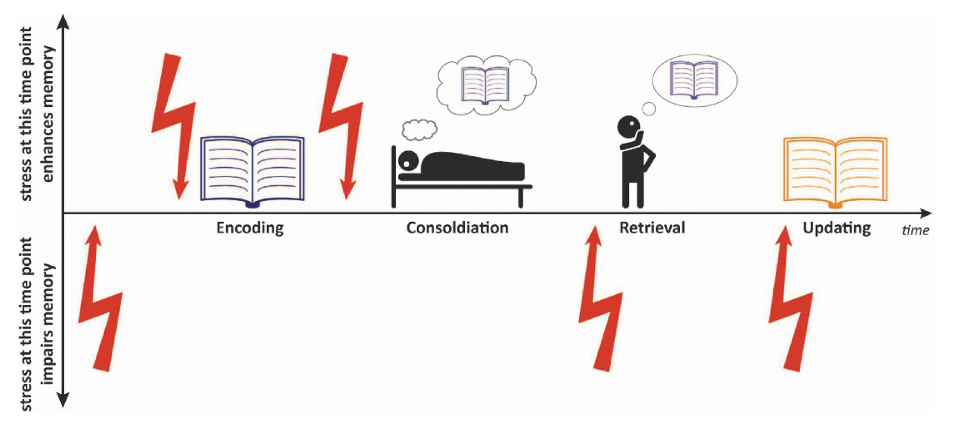
The exposure to prolonged or repeated stress, as well as stress during critical periods of brain development may also have strong effects on learning and memory in children which need to be better understood to counteract the impairments they may cause.
– Vogel & Schwabe (2016:7)
In conclusion, challenge and a little bit of stress during learning lead to better memorisation and learning.
- Why is offering challenges important for learning?
- What is meant by Pitch at the appropriate level of challenge?
- Explain which two neurotransmitters are released in the brain by challenging learning contexts.
- When does stress promote learning? When does it impair learning?
Quiz Summary
0 of 3 Questions completed
Questions:
Information
You have already completed the quiz before. Hence you can not start it again.
Quiz is loading…
You must sign in or sign up to start the quiz.
You must first complete the following:
Results
Results
0 of 3 Questions answered correctly
Your time:
Time has elapsed
You have reached 0 of 0 point(s), (0)
Earned Point(s): 0 of 0, (0)
0 Essay(s) Pending (Possible Point(s): 0)
Categories
- Not categorized 0%
- 1
- 2
- 3
- Current
- Review
- Answered
- Correct
- Incorrect
-
Question 1 of 3
1. Question
1. What is meant by Pitch at the appropriate level of challenge?
CorrectIncorrect -
Question 2 of 3
2. Question
2. Challenges trigger the release of the following two neurotransmitters
CorrectIncorrect -
Question 3 of 3
3. Question
3. Which answer does not fit?
CorrectIncorrect
Sharing information and attention
An exciting new domain tests how performance in learning tasks may be influenced not only by the presence of others, but also by communication with others, such as communicated rules, advice, or other forms of explicit instructions.
– van Duijvenvoorde et al. (2016:143)
We, humans, are social beings. From an evolutionary perspective, living together in groups was crucial for our survival: as a group, we were stronger against threats and enemies; hunting and foraging were also easier as a group than alone. Social cognition is hard-wired in our brains (Gazzaniga, 1985). In fact, from infancy onwards, we learn through interaction with others.
In his meta-analysis, Hattie (2012) has demonstrated that using didactic methodologies such as student interaction, cooperative learning, and peer tutoring positively impacts students’ learning performance. So, as the saying goes: two heads are better than one! Working in pairs or discussing ideas and communicating them in different ways to each other might benefit your students’ learning.
For our brain, positive social environments are rewards (Steinberg, 2008; Blakemore and Mills, 2014). Sharing information with others or working together on the same tasks involves shared attention. Sharing of attention triggers the release of dopamine and consequently increases activity in the reward system (Fleissbach et al., 2007; Schilbach et al., 2010). Peer collaboration or cooperative learning thus facilitates an approach response: it motivates students and encourages them to engage more in the learning opportunity, making it more likely that students will learn from it.
Stimulating positive interactions, peer collaboration with other students, and cooperative learning are interesting and effective teaching strategies to promote your students’ learning. Some additional benefits are (Tokuhama-Espinosa 2016:207-208):
- development of empathy
- appreciation of other’s viewpoints
- developing the ability to listen and respond to one another’s ideas
- age-appropriate exchanges of information
- explain information in alternative forms or vocabulary.
- Explain why the strategy ‘sharing information and attention’ might benefit your student’s learning.
- Give 2 examples of teaching strategies based on the strategy ‘sharing information and attention’.
- Give 3 additional benefits of sharing information and attention besides promoting students’ learning.
